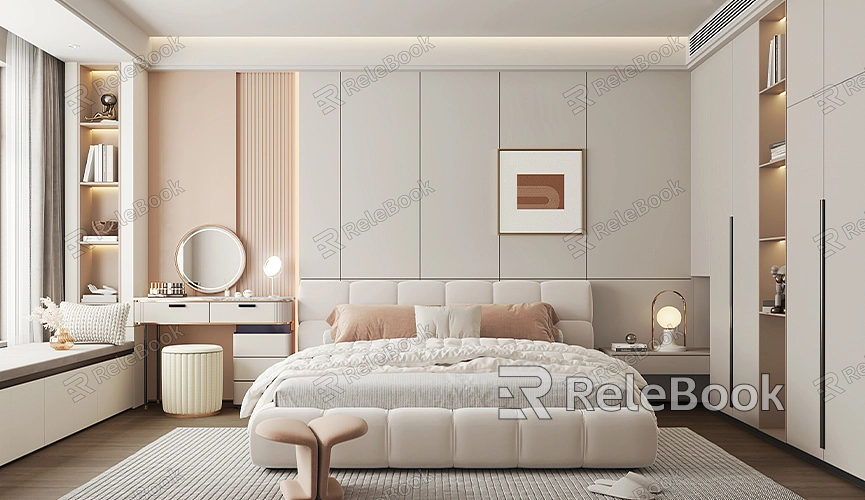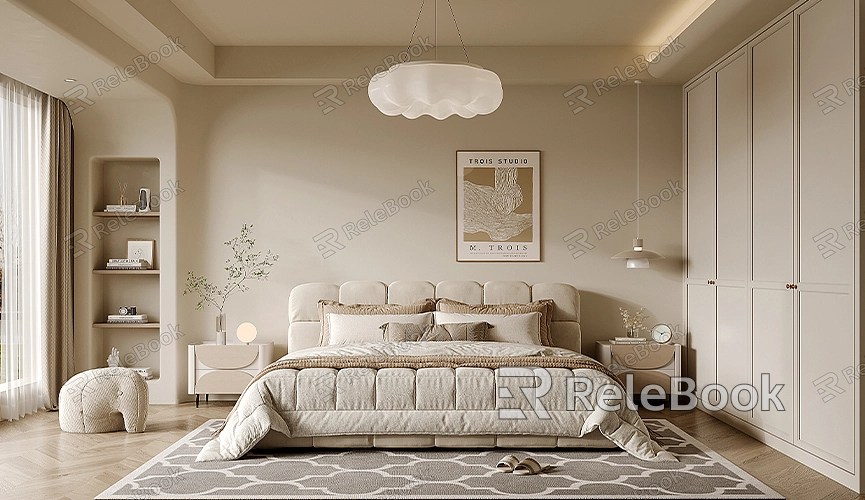How to Make a 3D Model from Multiple 2D Images
Creating 3D models is a critical step in modern design and animation, and using multiple 2D images to generate a 3D model offers designers an efficient and precise method. This article will guide you through the process of creating a 3D model from multiple 2D images using software like Blender.

Collecting and Preparing 2D Images
First, ensure you have a sufficient number of 2D images. These images should be taken from different angles to cover all the details of the model. Common angles include front, side, top, and back views. If possible, use high-resolution images to guarantee the final model’s level of detail.
Installing and Opening Blender
Blender is an open-source 3D modeling software that is well-suited for creating 3D models from 2D images. You can download and install the latest version for free from Blender’s official website.
Once installed, open Blender and create a new project. You'll see a default cube; delete it as we will start creating the model from scratch.

Importing 2D Images
In Blender, you can import 2D images using the "Background Images" feature. Click on the “View” menu on the right, select "Background Images," and then click "Add Image." Choose the 2D images you want to import and adjust their positions to align them within the view.
Repeat this process for all necessary images, assigning different images to different views. For instance, set the front image as the front view and the side image as the side view.
Creating the Base Model
Using Blender’s "Add Mesh" function, create a base model. It's common to start with a simple shape like a cube or sphere. Then, using the "Extrude" and "Scale" tools in Edit Mode, adjust the base model to match the contours of the background images.
Refining the Model
Next, switch to Sculpting Mode to refine the model. You can use the “Grab” and “Smooth” tools to bring the model closer to the details of the 2D images.
At this stage, continuously switch views to ensure that the model aligns with the corresponding 2D images from every angle.
Adding Texture and Material
Once the model is complete, the next step is to add textures and materials. Use the "UV Mapping" feature to apply the 2D images as textures to the model's surface.
First, enter UV Editing mode and unwrap the model into a flat layout. Then, import your 2D images and apply them to the UV map. Adjust the position and scale of the images to ensure they precisely cover the surface of the model.
Rendering and Output
When the model and textures are ready, you can proceed to render the scene. In Blender, select the "Render" menu and configure the render settings, such as resolution and output format. Then, click "Render Image" or "Render Animation" to export a static image or an animation file, depending on your needs.
Tips
Here are a few tips that can help improve the efficiency and quality of your 3D model creation process:
- Use high-quality 2D images: The resolution and clarity of your images will directly impact the final model’s detail and quality.
- Capture multiple angles: Ensure you have enough angles to fully capture every detail of the model.
- Learn Blender shortcuts: Familiarizing yourself with common Blender shortcuts can greatly boost your workflow efficiency.
If you need high-quality 3D textures, HDRIs, or downloadable 3D models for creating your scenes, you can find them on Relebook. After downloading, you can easily import these textures and models into your project. By following these steps, you can efficiently create high-quality 3D models from multiple 2D images.

